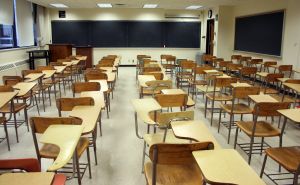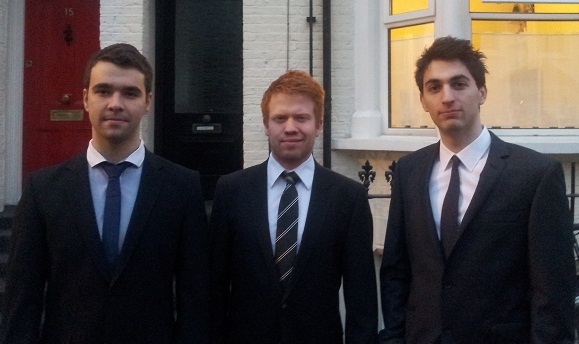Intuitive Cursor Control using Optical Processing Software
Cheaper, more accesible touchscreens...
The problem with current touchscreen technologies
Study of the Problem
 In most schools computers and projectors are available to the students and in some cases even smartboards. However, blackboards and overhead projectors still constitute the main means of presentation in class. Using smartboards, however, presentations and lessons can be designed more vividly. In most subjects graphical and time variant graphics are helping students
gain a better understanding. For instance, graphs in sciences can be drawn more accurately with a smartboard, movies can be incorporated more easily into the lesson and of course the internet can supply a vast
amount of examples and knowledge to the lesson. Furthermore, a smartboard would constitute a significant organizational improvement since notes that the teacher takes in class and the materials he presented can be shared via the internet easily.
However, smartboards are quite expensive and would have to replace the classic blackboard. Therefore, many companies offer
mobiles smartboards
(usually in the form of projectors) as an alternative. This technology is very similar to the one we
have been developing. The basic idea is implementing interactive boards by utilization of cameras looking at the screen and image processing and cursor handling software.
From this we can see that this is just a very small device since it only consists of two cameras that can be mounted on any surface.
In most schools computers and projectors are available to the students and in some cases even smartboards. However, blackboards and overhead projectors still constitute the main means of presentation in class. Using smartboards, however, presentations and lessons can be designed more vividly. In most subjects graphical and time variant graphics are helping students
gain a better understanding. For instance, graphs in sciences can be drawn more accurately with a smartboard, movies can be incorporated more easily into the lesson and of course the internet can supply a vast
amount of examples and knowledge to the lesson. Furthermore, a smartboard would constitute a significant organizational improvement since notes that the teacher takes in class and the materials he presented can be shared via the internet easily.
However, smartboards are quite expensive and would have to replace the classic blackboard. Therefore, many companies offer
mobiles smartboards
(usually in the form of projectors) as an alternative. This technology is very similar to the one we
have been developing. The basic idea is implementing interactive boards by utilization of cameras looking at the screen and image processing and cursor handling software.
From this we can see that this is just a very small device since it only consists of two cameras that can be mounted on any surface.
Furthermore,in addition to all the advantages that a smartboard offers it is also portable, and can be therefore used in any environment. Also, unlike to smartboards, it does not require a significant change of the learning environment (that would include a replacement of blackboards by smartboards) but instead can be implemented quickly in a day.
Lastly, since it does not require a lot of resources, it seemed feasible to improve this technology on a software level, without the scientific research that is needed to improve common touch screens.
This brings me to the problem with these mobile smartboards. They are quite expensive- costing around 400 pounds per piece, therefore many schools are hesitant to buy them. If they break or if they are not received well, this is a lot of money that is being wasted and that cannot be spent on the students’ education. Therefore it was our idea to take a closer look at the technology. As the mobile smartboards consist only of two cameras and software, we saw that potential since the cost of the resources can be kept quite low. In our research about this topic we saw that we could use MATLAB to easily access a USB camera and import and process captured frames [1]. With two cameras capturing the entire screen surface from two different angles we could detect position and proximity with respect to the screen.
The Team

ICCOPS consists of a three- member team:
Ioannis Mariggis (right)- Second Year EEE student at Imperial College, team leader
Pascal Ruetten (middle)- Second Year EEE student at Imperial College
Afanasie Tamciuc (left)- Second Year EEE student at Imperial College
If you need to contact us please use the information on the "About" page.